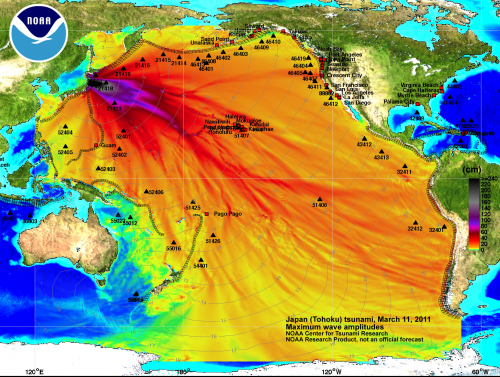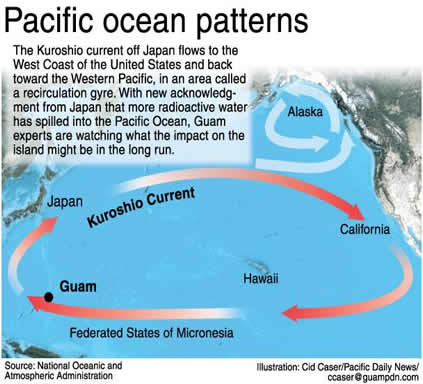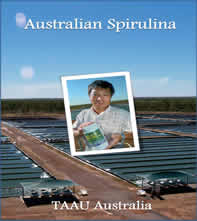Japan Fukushima Nuclear Disaster
On 11 March 2011, the Japan earthquake struck approximately 72 km east of the Oshika Peninsula, Japan. At magnitude 9.0, this was the largest earthquake recorded in Japan since records began. The earthquake triggered a tsunami with an estimated height of 14 m at the Fukushima Dai-Ichi site that in less than an hour.
The tsunami resulting 6 m high sea defenses, disabling the shared reactor heat exchangers and diesel generators and breaking the connection to the power grid. With external assistance hindered by flooding, debris and earthquake damage, these serious events led to overheating of the reactors. In the hours and days that followed several hydrogen explosions occurred and the reactor cores of Units 1, 2 and 3 experienced significant to full meltdown.
Fukushima continues to leak hundreds tons of radioactive water into the Pacific Ocean every day. It will continue to do so indefinitely as the source of the leak cannot be sealed as it is inaccessible to both humans and robots due to extremely high temperatures.
Impact on Australia ?
ARPANSA (Australian Radiation Protection and Nuclear Safety Agentcy ) has assessed that the health impact for people living in Australia from the Fukushima Dai-ichi nuclear power plant (NPP) accident is negligible. Japan Advisory-impact on Australia pdf(link)
Japan Advisory – Ocean Contamination(link)
Will radiation from Japan reach Australian waters?
It has been estimated that it will take about 5 years (from March 2011) for radioactive materials released to the ocean at Fukushima to reach the north coast of Western Australia, and about 10 to 15 years to reach the east coast of Queensland. By the time it arrives in Australian waters it is expected that the radioactive material will have been diluted to such low levels that they will be difficult to detect.
ARPANSA investigated
Contamination of the ocean and atmosphere based on the results of international atmospheric and ocean modelling and daily air monitoring at five locations in Australia.
ARPANSA results and conclusions
No radioactive caesium or iodine from the Fukushima Dai-ichi NPP accident was detected at Australian air monitoring stations. Very low levels of radioactive xenon ( 133 Xe) were detected in Darwin during April 2011, which were assessed to have no impact on the health of any person living in Australia.
No food samples tested by ARPANSA exceeded internationally accepted limits . Some foods had very low levels of contamination. These were targeted for continued testing to ensure the safety of Australian consumers (testing discontinued in 2014).
ARPANSA results and conclusions LinkRumor
You may have found lots of website rave about water pollution from Fukushima, most of them quoted a chart source from US NOAA ( National Oceanic and Atmospheric Administration).
The chart below indicates the Tsunami's affected area, and height of the tsunami wave. not for pacific ocean contamination.
Even if this rumour is true, our Darwin growing facility will remain unaffected.
NOAA Tsunami chart (not water contamination char)

Contamination water & fallout
It took just over two years for the radioactive plume from Fukushima, Japan, to travel via ocean currents and reach the shores of North America, researchers say.

Source: Bedford Institute of Oceanography
A radiation plume from the March, 2011 nuclear accident in Fukushima, Japan took about 2.1 years to travel via ocean currents and ultimately cross the waters of the Pacific Ocean to reach the shores of North America. That's according to to a study published at the end of 2014 (December 29) by the Proceedings of the National Academy of Sciences.


As the Kuroshio current runs clockwise from Japan --> California -->Hawaii --> Guam --> Japan. This region may have accumlated high radiation pollution in the long term.
Products from these regions may need take extra care.
Order options
Order options and pricing information for Spirulina pills and powder
All about Spirulina
Comprehensive information about Spirulina including benefits, scientific evidence etc...
- Spirulina FAQ's
- Why is our Spirulina so expensive?
- Best Quality Spirulina in the world
- Why choose Spirulina?
- Typical Analysis
- Compared to other Vitamin sources
- How to compare Spirulina
- References
- Alternative ways to use Spirulina
- Nutrition Information
- Tips before you buy Spirulina
- New food labelling system
- products information
- No more Organic Spirulina
- Weird "Australian Certified Organic"
- Japan Fukushima Nuclear Disaster
- Customer feed back
About us
Corporate information, location and contact details
License & Related Document
- Certificate of food Business Reg.
- Australian only Growing License
- Permit for production
- Spirulina as food (not medicine)
- Trading mark Register
- 20 years Australian Growing Patent
- Certificate of Original (Aus)
Spirulina Analysis Reports
Honor and Awards
- Ausindustry NT News (report)
- NT Local News paper report 1
- NT Local News paper report 2
- Austrade Export successful story
- Year 2003 NT Export award winner
- Year 2003 Australian Export award National finalist
- Greeting letter from Minister
- Greeting Letter from NT Minister
- 2003 Aus. Export award case study
- 2003 Aus. Export award reports.
- 2004 Jun Austrade trade mark
- 2006 Diary of Australia ( Dec. 06) by Australian Government
- 2006 Nov. Territory Q magazine
By NT Government - 2013 World most pure Spirulina
2006 Australian Export Awards
- 2006 Australia NT Export Award
Agibusiness Award Winner - 2006 Australia NT Export Award
Manufacters Industry Award winner - 2006 Australian Export Award National final list
- 2006 Nov. Greeting Letter from
NT Chief Minister Hon Clare Martin - 2006 Nov. Greeting Letter from
Ministrer for Trade Hon Warren Truss - 2006 Oct. Greeting Letter from
Minister for Indusry, Tourism & Res.
The Hon Ian Macfarlane
Downloads
Product brochures and reference material

